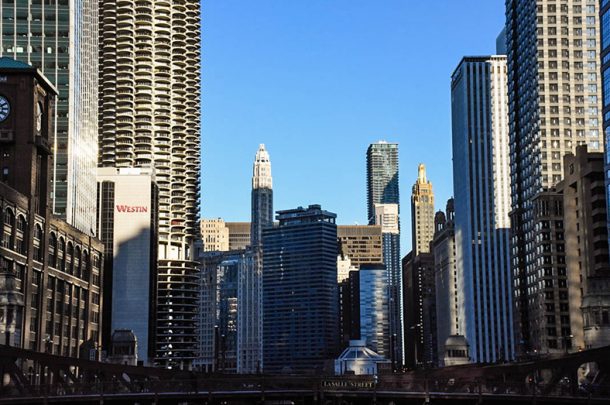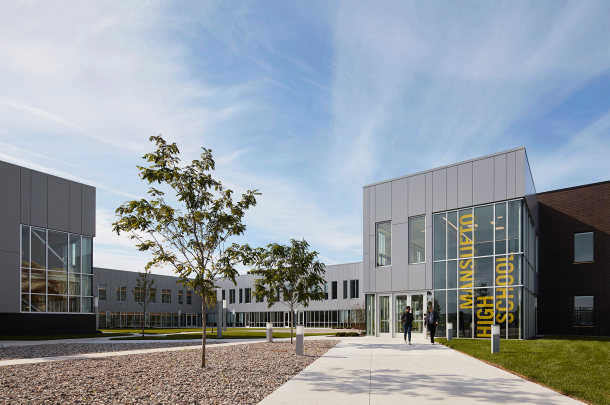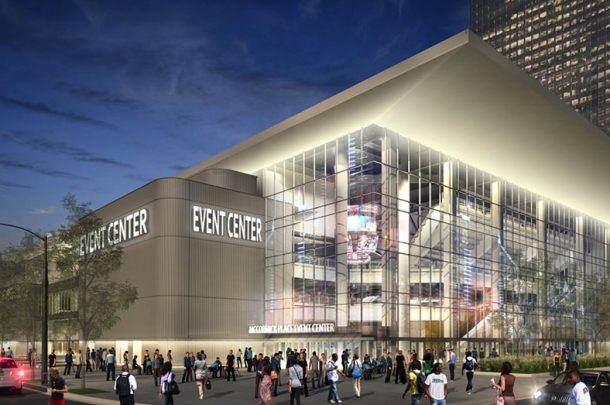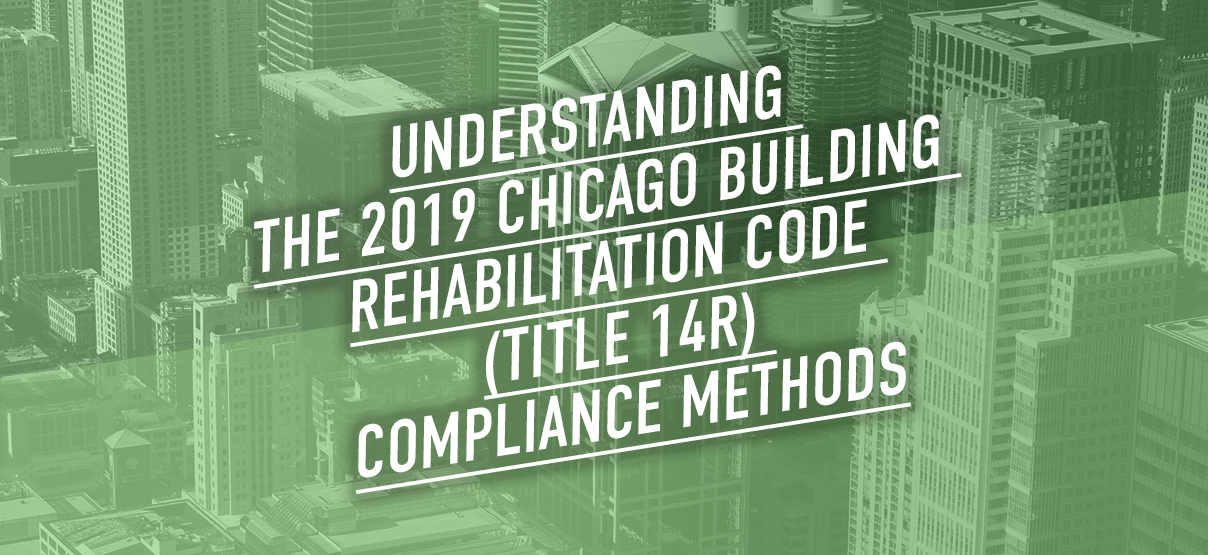
By now, most design professionals in Chicago are aware that we are in the process of implementing a new Chicago Building Code (Title 14B), based on the 2018 International Building Code (IBC). However, what you might not realize is that this also brings a new Rehabilitation Code (Title 14R) based on the 2018 International Existing Building Code (IEBC). To avoid confusion, it is also important to note that there is another new section entitled Chicago Minimum Requirements for Existing Buildings (Title 14X). This is not based on the IEBC and is more analogous to a property maintenance code. While these codes may be used today for new permit applications, they will become mandatory on August 1, 2020.
So, What is the Rehabilitation Code?
The Rehabilitation Code provides minimum standards to repair, reconfigure, and reuse existing buildings. It is understood that a significant number of existing buildings do not comply with the requirements for new construction, particularly in cities like Chicago filled with unique architectural styles. The process of upgrading existing building features to meet new code requirements may exceed the value of the building or present physical limitations. The Rehabilitation Code allows for the regulation of work on existing buildings to maintain or improve overall code compliance and safety. With a few exceptions regarding accessibility and hazardous materials (lead, asbestos, etc.), repairs to damage or for maintenance purposes cannot make a building less compliant, but do not trigger increased compliance either.
What’s New for 2020?
Today, there are more options in the Rehabilitation Code. For all work that exceeds the definition of repair, the Rehabilitation Code allows for three different compliance methods illustrated below:

What’s the catch?
Each method above has its tradeoffs, so as design professionals you will need to decide what is best for your project. Only one method can be implemented, and it must be followed by all members of the design team.
The Prescriptive Compliance Method is straightforward and largely entails following the Building Code requirements for a new building. However, there may be times that this is logistically challenging or that a prescriptive solution is cost-prohibitive.
The Work Area Compliance Method is a metered approach, where the requirements grow along with the scope. The requirements are generally only applied within the work area; therefore, the work area must be clearly illustrated and tabulated on the plans. The work is classified as Alteration Level 1, 2, or 3, Change of Occupancy, Addition, or Historical Building. Each classification has different requirements and exceptions but does not require the complete Building Code requirements of the prescriptive method.
The Performance Compliance Method is a point-based system, which indexes and requires a minimum score for safety features across three categories: fire safety, means of egress, and general safety. This method can be used to demonstrate alternative methods to achieve an equivalent level of building safety. While it may provide the most design flexibility or cost-effectiveness, this approach requires a very thorough evaluation of the existing building by the design professional. The other ‘catch’ with this method is important and should not be overlooked – the report must be approved before a building permit application can be processed. Furthermore, the building official can refer the report to the Committee on Standards and Tests. To preempt these potential delays, it is vital to engage the Department of Buildings before performing the evaluation.
The Rehabilitation Code goes into full effect in August and requires that each rehab project follow one of the above methods. As a member of the Fire Protection & Life Safety Technical Working Group, our author Amanda participated in the rewriting of the code and has a deep understanding of how and when to use each compliance method. For more information, you can reach out to her at abeck@primeraeng.com.



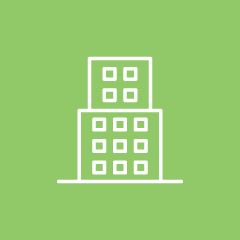


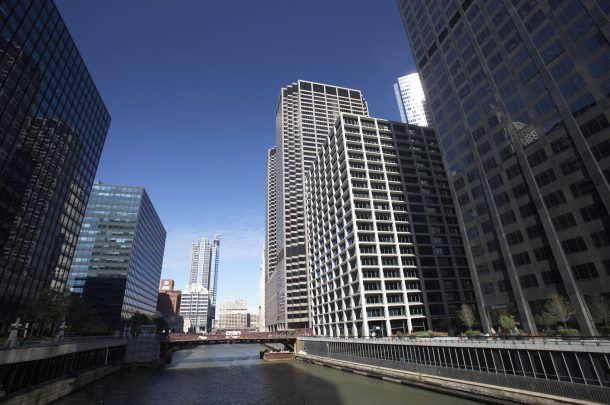
 Insight into Chicago's Permitting Methods
Insight into Chicago's Permitting Methods 


